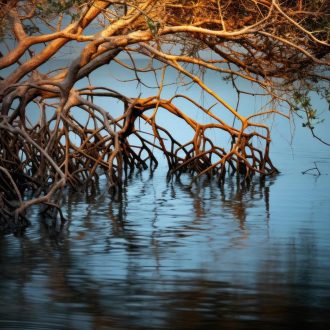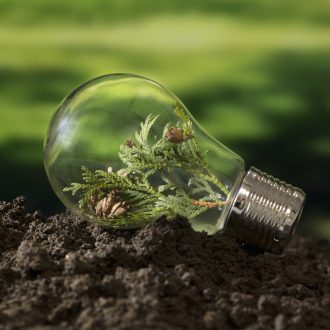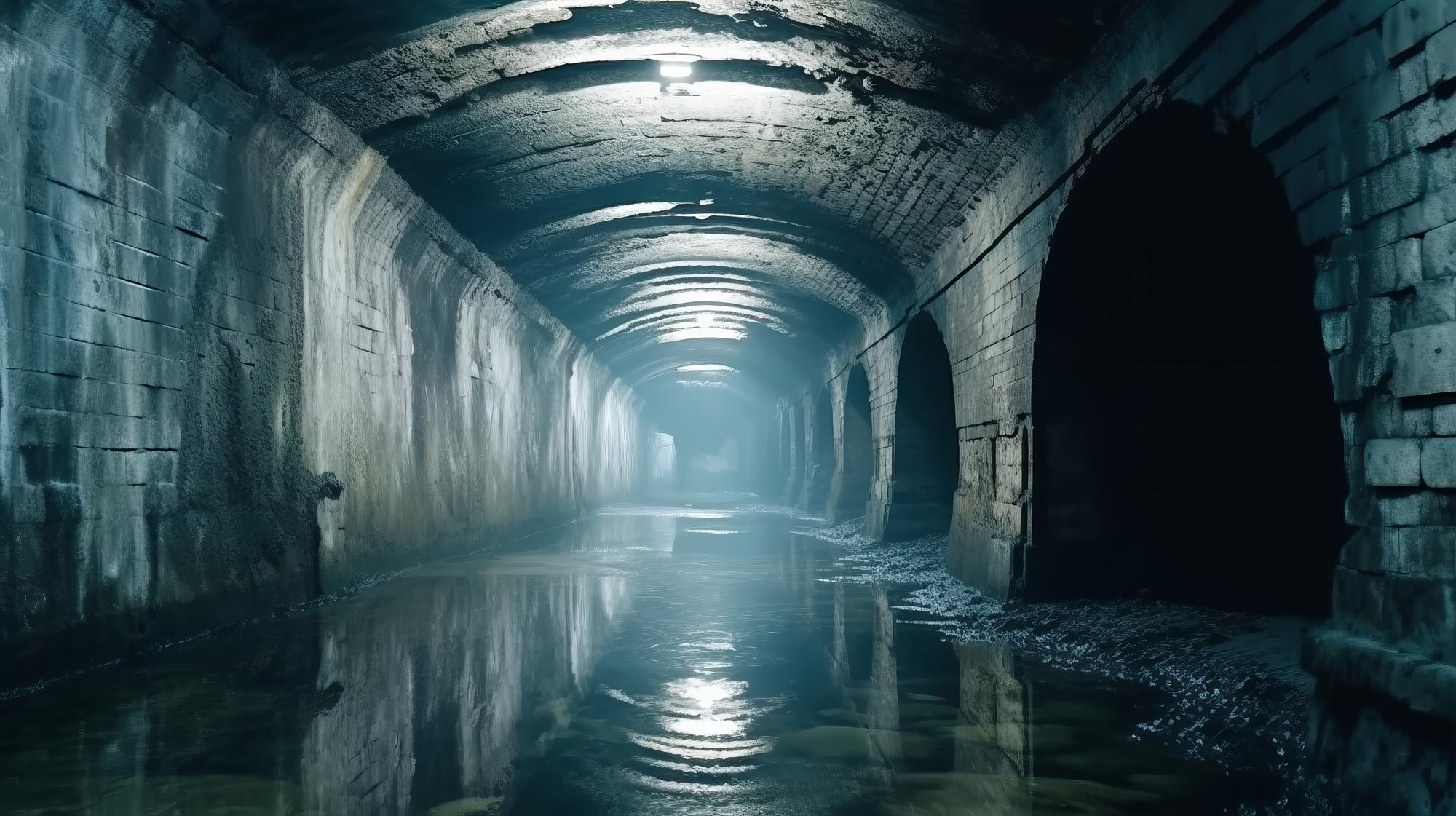
The only thing that should enter a storm drain is natural and uncontaminated stormwater runoff. Storm drains, also known as storm sewer systems, are designed to collect and divert surface rainwater runoff to prevent flooding and erosion. What you can find in a storm drain can be quite creepy.
Throughout the year, storm drains can accumulate all sorts of items. Storm drains can collect leaves and unusual items like toys and balls that accidentally go missing. Some storm drains without large grates or screens have difficulty preventing larger debris from finding their way into the storm drain. Animals can find their way into storm drains along with insects such as spiders, ants, and flies. Especially this time of year, you might even find something even more spookery, Pennywise the Dancing Clown.
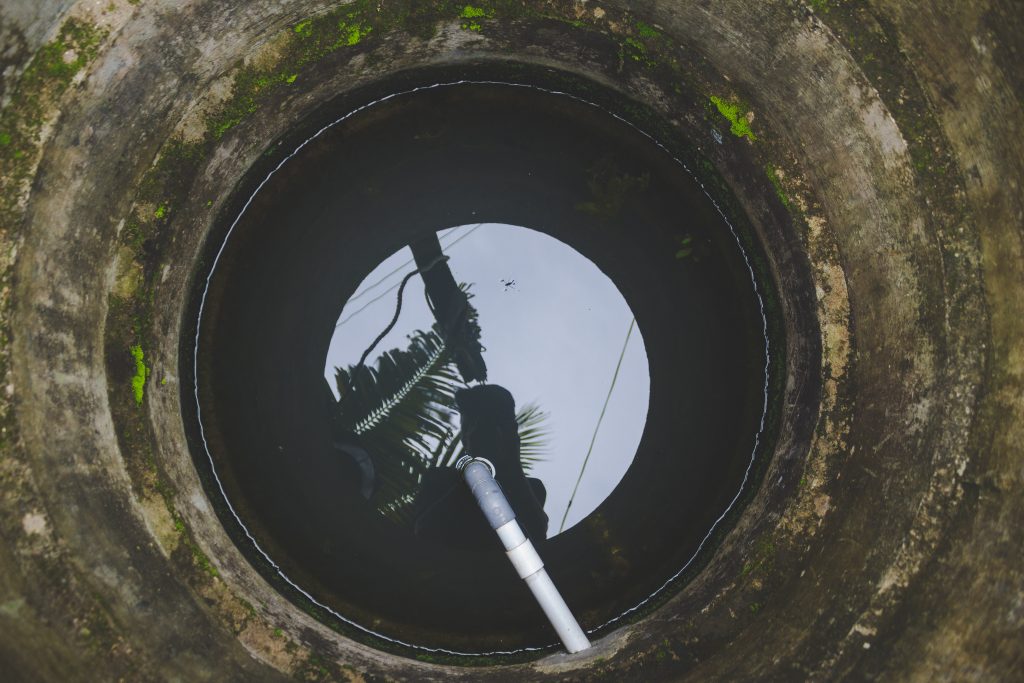
Stormwater runoff can pick up ghostly pollutants that can potentially contaminate nearby waterways. When precipitation falls on roads, streets, rooftops, and sidewalks, it can force venomous pollutants down the drain. Pollutants can range from debris, plastics, dirt, sediment, and various harmful chemicals.
Storm drains are designed to effectively allow stormwater to efficiently flow off impermeable surfaces. Many storm drain systems are considered gravity inlets allowing the water to drain to untreated areas like our lakes, rivers, and streams. Additionally, storm drains play a critical role in keeping our local communities free from monstrous flooding during terrifying rainstorms.
The U.S. Environmental Protection Agency (EPA) indicates that over 40 percent of U.S. waters assessed are haunted with pollutants. Why is this the case? The top four spooky impairments are pathogens, metals, nutrients, and sediment which are frightening our waterways every day because of stormwater.
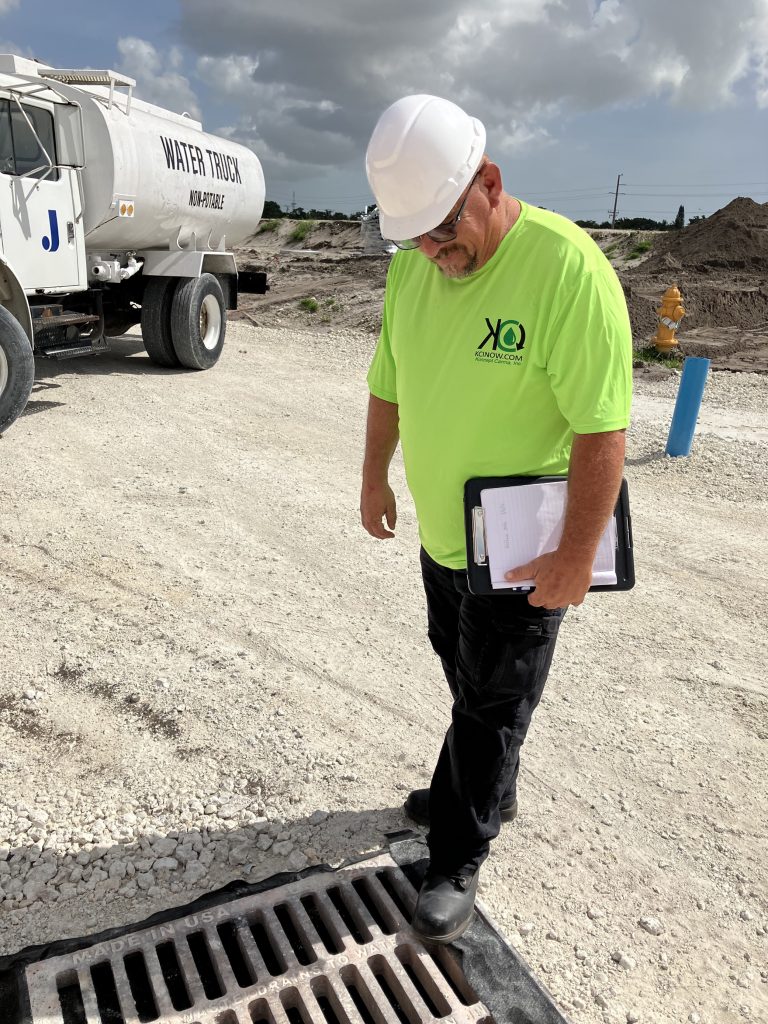
There is a federal program implemented by the Clean Water Act (CWA) to help manage and stop these scary goblins going down the drain. This program is called the National Pollutant Discharge Elimination System (NPDES). This is one of the programs that the EPA established to control and prevent creepy pollutants from entering a storm drain or localized outfall.
The NPDES Multi-Sector Generic Permit (MSGP) is intended to control stormwater discharges from many types of industrial facilities. This required program will outline all the necessary goblin catching processes required to maintain stormwater pollutants from escaping your facility.
Industrial stormwater management is the process of controlling and treating rainwater runoff from industrial areas to protect water quality and prevent pollution. Industrial stormwater can pick up pollutants such as oil, chemicals, and debris from buildings, parking lots, and other industrial activities and then flow into local waterways and to larger bodies of water.
KCI can design industrial site plans to help maintain stormwater compliance with local, state, and federal requirements. Conducting the necessary stormwater ghost buster sampling, analysis, and quarterly inspection requirements are just some of the excellent services KCI can perform as needed for site facility operators.
KCI can help with inlet, outfall, and storm drain protection. Call KCI today on 888-346-7779.

